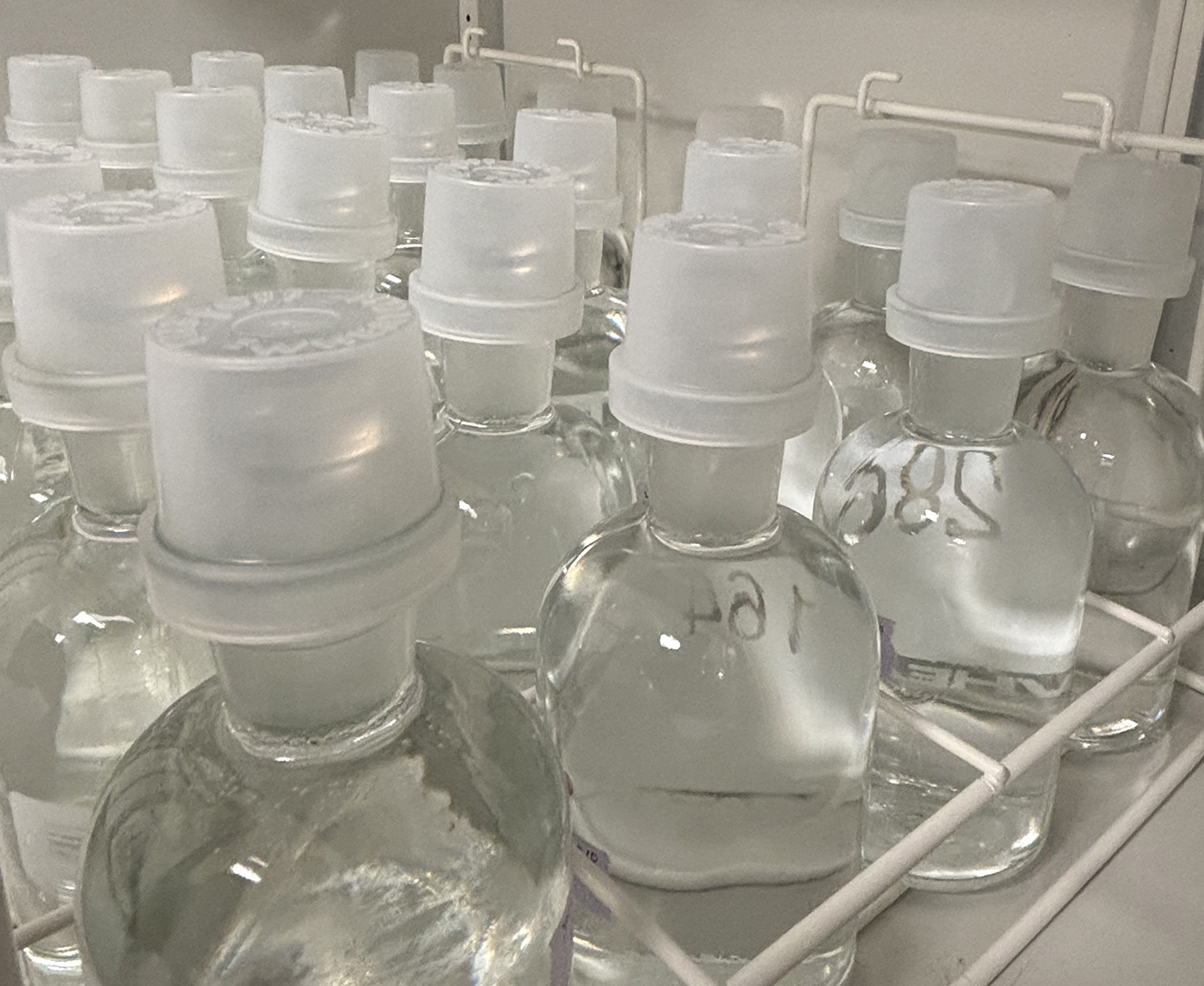Summary
ASTM D6731 is an aqueous aerobic biodegradability test that determines the biodegradability of lubricants or their components by measuring oxygen consumption during biodegradation in close respirometers. This test is appropriate for fully formed lubricants or their components.
ASTM D6731 Testing Method
The lubricant or its components are exposed to activated sludge from municipal wastewater treatment plants under laboratory conditions. As the test continues, the oxygen consumption in the respirometer is measured to determine the biodegradability of the lubricant. Test substances that achieve a high level of biodegradation are assumed to be easily biodegradable in most aquatic environments.
This test is suitable for use on a wide range of materials, including those that are highly soluble, poorly soluble, insoluble, volatile, nonvolatile, and/or absorbing. However, continuous mixing is usually required for good dispersion and better performance regardless of the properties of the material.
Do You Need ASTM D6731 Testing? Contact Aropha Today
Aropha’s goal is to provide trusted, efficient biodegradability testing for a wide range of products. We work with our customers to provide affordable, fast biodegradability testing that helps expedite the commercialization of products. Our team is able to provide biodegradability testing for lubricants, plastics, personal care products, or other materials. Our range of offerings helps determine the biodegradability, compostability, and ecotoxicity of your products based on their end-of-life location. To improve the scope of our operations, we combine digital twin simulations and lab biodegradability testing, allowing us to determine your product’s biodegradability from inception through commercialization.
Ready to get started? Contact us today!
ASTM D6731 Requirement and Applicability
Different testing methods are applicable for materials with different properties. Below is a summary of the applicability of ASTM D6731. Please check our Method Selection Guide to select the most appropriate method for your materials. You can also find the applicability for many other methods in our Resource Center.| Test | Analytical method | Sample info required * | Poorly soluble | Volatile | Adsorbing |
|---|---|---|---|---|---|
| ASTM D6731 (Closed respirometer test) | Oxygen consumption | ThOD or COD * | + | +/- | + |
*“Sample info required” is the information needed to calculate the biodegradation percentages. This must be available for a selected method.
*“ThOD” can be easily calculated based on the formula of the sample. Try our Online ThOD Calculator.
*“COD” can be used as an alternative to ThOD if the formula of the material is unknown. We provide COD analysis at Aropha.
Pricing
$699/sample for High-Throughput Screening$1399/sample for Biodegradability Certification

